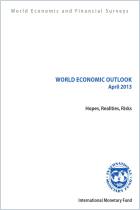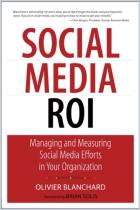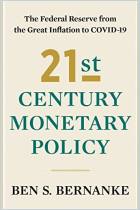Melden Sie sich bei getAbstract an, um die Zusammenfassung zu erhalten.

Melden Sie sich bei getAbstract an, um die Zusammenfassung zu erhalten.
Olivier Blanchard
The US Phillips Curve
Back to the ’60s?
Peterson Institute for International Economics, 2016
Was ist drin?
Economist Olivier Blanchard revisits a 1960s monetary policy favorite, the Phillips Curve, and offers a Mad Men twist to central bankers’ arsenals.
Recommendation
It has been a long-held article of faith among central bank policy makers that there is no such thing as a free lunch – because monetary policy that aims for lower unemployment will result in higher inflation. Crunching the numbers leads economist Olivier Blanchard to revisit a policy favorite of the 1960s, the Phillips Curve, and to offer a Mad Men twist to central bankers’ arsenals. He posits that a free lunch may be possible, at least for a while, as long as the economy resists the temptations of gluttony. getAbstract recommends this thought-provoking contribution to discussions on monetary policy to economists and financial services professionals.
Summary
About the Author
Olivier Blanchard, formerly research director at the International Monetary Fund, is a senior fellow at the Peterson Institute for International Economics.
























Comment on this summary